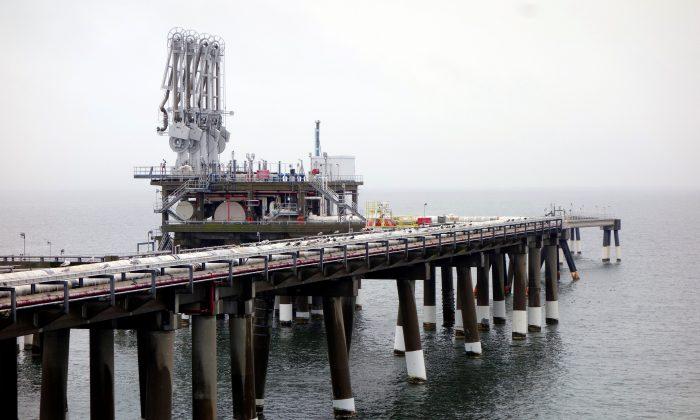The United States is on course to have the world’s largest exporting capacity of liquified natural gas (LNG) by 2022, surpassing Qatar and Australia, owing to increased domestic production and a soaring demand from international markets, especially China.
Global demand for LNG has grown steadily, hitting annual record highs since 2015. European economies and emerging Asian markets depend on LNG for power production and heating requirements. This demand has been met by U.S. companies that have exported LNG since 2016.
According to the Energy Information Administration (EIA), LNG exports from the country will reach 11.5 billion cubic feet per day (bcfd) by 2022, which accounts for almost 22 percent of global demand.
The U.S. supply is expected to grow with the new LNG liquefaction units at Sabine Pass facility and Calcasieu Pass in Louisiana. Train 6 at Sabine Pass will add up to 0.76 billion bcfd, and first shipments are anticipated before the end of 2021. There are 18 liquefaction trains in Calcasieu Pass that output 1.6 bcfd or 12 million metric tons annually.
When both the trains are operational and start exporting by the end of 2022, the United States, with 13.9 bcfd, will surpass Australia, at 11.4 bcfd, and Qatar, at 10.3 bcfd, to gain the top position.
Qatar may recapture the title in 2025 when its North Field expansion starts service. However, considering the current trajectory, if U.S. suppliers can maintain the increase in supply through commissioning new plants, the country will be able to maintain its lead.
American LNG exporters such as Cheniere Energy based in Houston and Venture Global have signed long-term contracts with international buyers, many of them from China.
“After years of avoiding a commitment to buy U.S. LNG, Chinese companies have finally made their move,” said Nikos Tsafos from the Center for Strategic and International Studies, according to Reuters.
Based on U.S. energy data, Asian buyers were among the most prominent customers for American LNG. China imported around 13 percent from the United States so far in 2021, the same as South Korea, while Japan imported 10 percent. In 2020, China imported 9 percent.
LNG is claimed to be less polluting than coal and oil. Utility companies have been using gas more because of affordable prices and availability, as they transition from coal toward renewable sources.
It will, however, take time for LNG plants to ramp up production to full capacity, meaning export volumes could continue to lag capacity.





